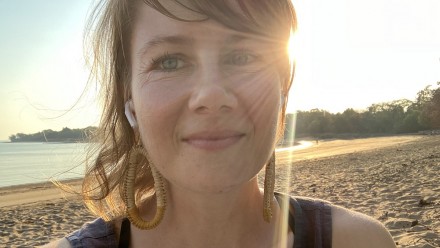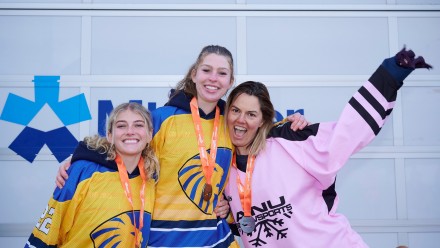Educator, adviser and telehealth doctor: challenge accepted
By Dr Asha Shah
I am the Professor of Medicine at the GCS Medical College in the city of Ahmedabad in Gujarat, India. I have worked for almost 40 years as a medical teacher and clinician. Besides seeing patients, I also teach undergraduate and postgraduate students.
While we did deal with the H1N1 influenza pandemic in 2009, that was nothing compared to COVID-19, a much more transmissible virus associated with more complications and worse outcomes. A large surge of admissions including ICU admissions were observed in the second wave of COVID-19 infections in India due to higher virulence of the Delta variant. The hospitals were all full as there was an explosion of cases suddenly.
Patient management
The authorities in India geared up healthcare facilities at a tremendous speed. New hospitals were created; and all the private hospitals were asked to admit COVID patients. Massive efforts were undertaken within a short period of time to train healthcare workers; mobile medical vans were set up to deliver services to people in their homes; and recruitment of medical and nursing students, and even dental and physiotherapy students were undertaken for home care of patients that did not need to be hospitalised.
Ours is a tertiary care centre. Senior professors like me, aged 60 plus were not deployed to the frontline but we were involved with crucial administrative tasks. We created protocols in our hospital to treat COVID patients even before national protocols became available, and we modified them as needed. We were involved in creating and maintaining rosters for medical and paramedical staff to provide round the clock duties in COVID wards and ICUs; we deployed intern doctors, resident doctors, assistant professors, and associate professors. In our hospital alone, 300 ward beds and 20 ICU beds were designated for COVID patients. All the beds remained full throughout the months of the Delta wave. Our Municipal corporation (it is like a council or county in western countries) handled hospital admission centrally. What may surprise many is that all the treatment was provided free of cost. I was part of the committee that decided on the role of drugs like Remdesivir and Tocilizumab.
As part of the training of deployed staff, I gave lectures for on duty doctors on various government guidelines and management of critical patients in ICU as it is a new disease and new treatment modalities were available during the course. Heartbreakingly, we also had to audit the many deaths due to COVID and I was part of that committee. It is difficult for people who were not there to understand how heavy the patient load was and how hard healthcare professionals worked during that time.
Due to ever increasing demands and limited staff, the government secretary in charge asked if I could do teleconsulting for stable patients if they created a new makeshift hospital. Of course, I agreed. The convention centre in Ahmedabad was converted to a hospital with ICU facilities. I would take virtual rounds of admitted patients, where the in-charge medical officer would brief me about the condition of patients, daily reports and given treatment. I managed around 20-30 patients daily for several months. They would send me details two-hours in advance so that I would be aware of the patients.
Publications
I wrote a detailed review article in our college journal (GCSMC J Med Sci Vol no 9 /Number 2) to enable undergraduate and postgraduate students to gain comprehensive knowledge about the various aspects of the disease. I was co-author in a special issue of COVID 19 and non-communicable disease (International journal of noncommunicable disease, Volume 5/issue 2/April june 2020). I also wrote an editorial in the state pharmacology society bulletin.
Public education
I started writing on Medium (https://medium.com) which is a popular blog site for writing longer articles on different subjects. I wrote about all the different aspects of COVID mainly to educate the public on topics such as the importance of masks, myths and facts about COVID, new COVID variants, COVID vaccines etc. This was covered by social media groups to educate people. I also appeared on TV channels of our state as an expert for COVID related topic discussions.
Take home message
COVID-19 is not expected to disappear, but to become like the influenza virus that re-emerges every year in a slightly different form. Many experts believe herd immunity may be elusive for COVID. So I firmly believe that we need to remember the lessons we learned, and continue to monitor for more waves as the virus keeps mutating; maintain preventive measures especially for the vulnerable, and promote use of COVID vaccines.














